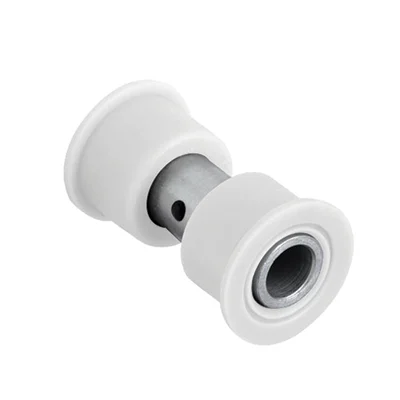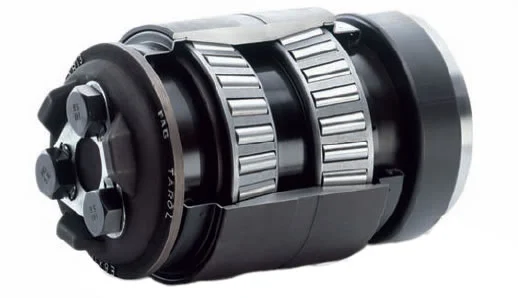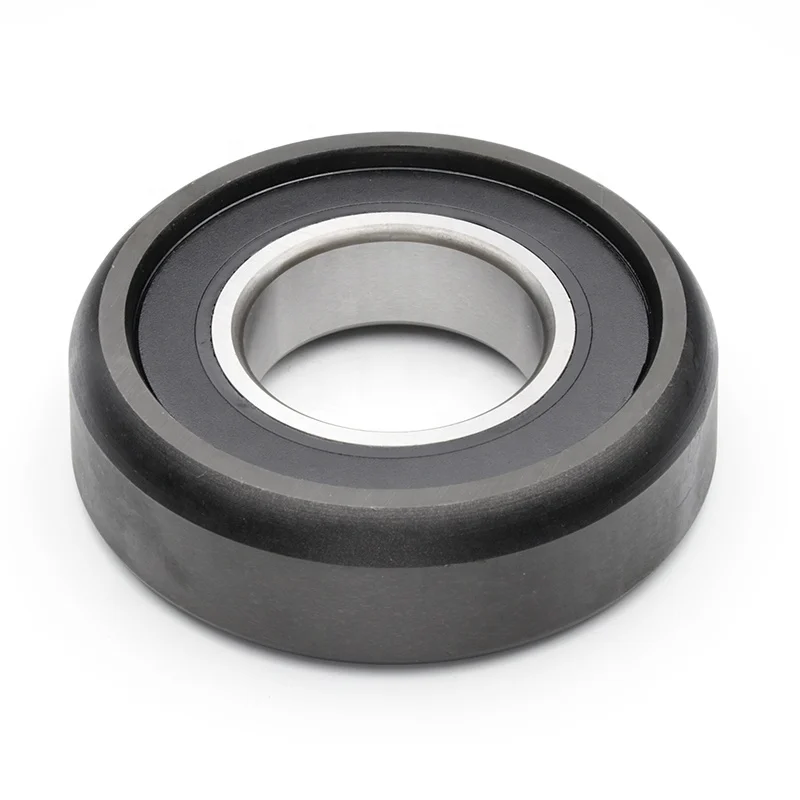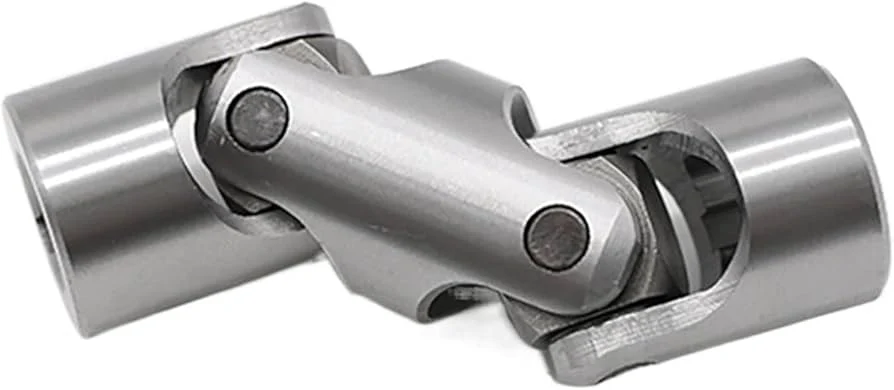Bearings Built to Last: The Stainless Steel Revolution in Engineering
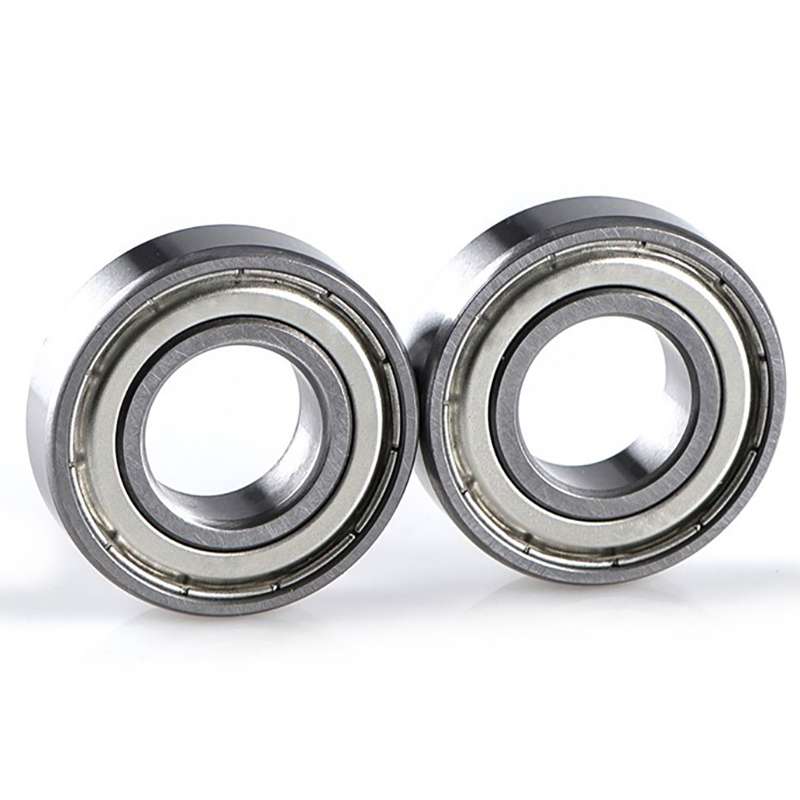
Table of Contents
Bearings are the often-underestimated linchpins of the engineering world. These seemingly simple components play a pivotal role in ensuring the smooth and efficient operation of various machinery and equipment across a multitude of industries. As technology progresses and industries demand higher levels of performance and reliability, stainless steel bearings have emerged as a transformative innovation in the field of engineering. In this comprehensive article, we will delve deeply into the Stainless Steel Revolution, exploring how these remarkable bearings are rewriting the rules of the game.
The Stainless Steel Advantage
Stainless steel bearings offer a profound and unparalleled advantage, setting them apart as a superior choice in engineering applications. Stainless steel, renowned for its exceptional properties, serves as a foundation for these bearings, creating a myriad of benefits that are reshaping the industry.
Characteristics of Stainless Steel Bearings
Stainless steel is celebrated for its exceptional characteristics, including resistance to corrosion, high tensile strength, and an innate ability to endure extreme temperatures. These qualities make it the prime material for constructing bearings that must withstand the harshest of conditions, ensuring longevity and operational excellence.
Resistance to Corrosion and Rust
One of the most notable attributes of stainless steel bearings is their remarkable resistance to corrosion and rust. Unlike conventional bearings that can degrade when exposed to harsh environments or moisture, stainless steel bearings maintain their integrity, making them ideal for applications where durability and reliability are paramount.
High-Temperature Applications
The exceptional tolerance of stainless steel bearings to high temperatures makes them an indispensable choice in industries that operate in scorching conditions. From manufacturing to energy production, stainless steel bearings are the backbone of machinery that must endure extreme heat.
Types of Stainless Steel Bearings
The realm of stainless steel bearings is vast and diverse, offering a broad spectrum of options tailored to the unique requirements of various industries and applications. Let’s explore the different categories and their specific use cases:
Deep Groove Ball Bearings: Known for their versatility and ability to handle both radial and axial loads, deep groove ball bearings are commonly used in a wide array of machinery, from household appliances to automotive components.
Angular Contact Ball Bearings: Angular contact ball bearings are engineered to accommodate significant axial and radial loads simultaneously. They find extensive use in applications where high-speed and precision are imperative, such as in the aerospace and robotics industries.
Spherical Roller Bearings: These bearings are designed to handle heavy radial loads while still permitting misalignment. Their ability to adapt to angular misalignment makes them ideal for applications where perfect alignment isn’t always possible, such as in conveyor systems.
Cylindrical Roller Bearings: Cylindrical roller bearings excel at managing high radial loads and are suitable for use in heavy machinery and equipment, like wind turbines and construction machinery.
Stainless Steel vs. Traditional Bearings
A fundamental shift is underway as stainless steel bearings challenge the supremacy of traditional bearing materials. A comparison between the two is essential to appreciate the magnitude of the transformation unfolding in the world of engineering.
Durability and Longevity Comparison
Stainless steel bearings are far superior in terms of durability and longevity when pitted against traditional bearings. Their resistance to corrosion and wear ensures they outlast their counterparts, resulting in fewer replacements and reduced downtime.
Performance in Harsh Environments
Conventional bearings are often vulnerable to degradation when subjected to harsh environmental conditions, causing frequent maintenance and increased costs. Stainless steel bearings, however, thrive in these challenging settings, reducing the need for constant replacements and maintenance, ultimately leading to substantial savings.
Cost-Effectiveness Over Time
The initial investment in stainless steel bearings may be slightly higher than traditional options. Still, the long-term cost-effectiveness becomes apparent when considering the extended lifespan, reduced maintenance, and enhanced performance they offer.
Applications in Different Industries
The versatility of stainless steel bearings transcends various industries, making them a go-to choice for engineering solutions across the board. Let’s explore how these remarkable components are transforming and enhancing specific sectors
Automotive Engineering
The automotive industry demands high-performance components that can endure the rigors of vehicle operation. Stainless steel bearings are used in everything from engines to suspension systems, enhancing reliability and extending the lifespan of critical components.
Aerospace and Aviation
In the aerospace and aviation sectors, precision, reliability, and safety are non-negotiable. Stainless steel bearings are integral to aircraft, ensuring that critical parts function optimally, even in extreme conditions.
Food Processing and Packaging
Hygiene and precision are vital in the food processing and packaging industry. Stainless steel bearings are the preferred choice as they resist corrosion and maintain their integrity, even when exposed to various cleaning agents and extreme temperature variations.
Medical Equipment
The medical equipment industry relies on precision and reliability for life-saving devices. Stainless steel bearings are used in a multitude of medical instruments and equipment, ensuring that these devices perform accurately and consistently.
Customization and Specialized Bearings
The versatility of stainless steel bearings extends to their customizability. Engineering solutions often require unique specifications, and stainless steel bearings can be tailored to meet these specific needs.
Tailoring Bearings to Unique Needs
Industries can collaborate with manufacturers to create bearings designed for their specific applications. These custom solutions guarantee optimal performance and longevity.
OEM and ODM Possibilities
Original Equipment Manufacturers (OEMs) and Original Design Manufacturers (ODMs) can collaborate with stainless steel bearing manufacturers to incorporate customized bearings into their products, maintaining a competitive edge in the market.
Quality Assurance and Certification
Quality assurance is paramount in the engineering world. Understanding how stainless steel bearings are tested and certified ensures that the products meet industry standards and expectations.
Ensuring the Authenticity of Stainless Steel: The authenticity of stainless steel is critical, as subpar materials can lead to premature wear and failure. Reputable manufacturers adhere to stringent quality control measures to ensure that the bearings are made from genuine stainless steel.
Industry Standards and Certifications: Industry-specific standards and certifications validate the quality and reliability of stainless steel bearings. These certifications serve as benchmarks for manufacturers and suppliers to meet, guaranteeing that the products conform to the highest quality standards.
The Manufacturing Process
A comprehensive understanding of the manufacturing process behind stainless steel bearings sheds light on their quality and reliability.
Forging and Machining Stainless Steel Bearings: The production of stainless steel bearings involves precision forging and machining processes, resulting in components that adhere to exact specifications.
Quality Control Steps: Stringent quality control steps are implemented at various stages of production to identify and rectify any potential defects, ensuring that each bearing meets the highest quality standards.
Maintenance and Lubrication
Even the most robust bearings require proper maintenance to ensure their extended lifespan and optimum performance. Discover the best practices for keeping stainless steel bearings in peak condition.
Extending the Lifespan of Stainless Steel Bearings
Proper maintenance and care can significantly extend the lifespan of stainless steel bearings. Routine inspection, cleaning, and lubrication are key to achieving this goal.
Proper Lubrication Techniques
Lubrication is essential for reducing friction and wear within bearings. Understanding the right lubrication techniques ensures that bearings continue to function optimally throughout their lifespan.
Real-World Examples
The true testament to the effectiveness of stainless steel bearings lies in real-world case studies that highlight their successful implementation and the resulting improvements in performance and cost savings.
Case Studies of Successful Implementation: These real-world scenarios showcase the positive impact of stainless steel bearings in diverse applications, from manufacturing plants to energy production facilities.
Improved Performance and Cost Savings: The case studies underscore the improved performance and substantial cost savings that result from the implementation of stainless steel bearings, making a compelling case for their adoption.
Addressing Common Concerns
The journey toward embracing stainless steel bearings is not without its challenges and concerns. Addressing these misconceptions and doubts is essential for their widespread acceptance.
Clearing up common misconceptions about stainless steel bearings helps potential users make informed decisions. Dispelling myths around their performance and cost-effectiveness is key.
Customers often have questions and concerns when considering a switch to stainless steel bearings. Addressing these inquiries and providing transparent information is essential for building trust and confidence.
Cost Analysis and ROI
The financial aspect of adopting stainless steel bearings is a crucial consideration. While the initial investment may be slightly higher, the long-term cost-effectiveness is a compelling argument in favor of these bearings.
Initial Investment vs. Long-Term Savings: By comparing the upfront cost of stainless steel bearings to the savings achieved through reduced maintenance, extended lifespan, and improved performance, a clear picture of their cost-effectiveness emerges.
Calculating the Return on Investment: Calculating the return on investment (ROI) for stainless steel bearings involves considering not only the immediate costs but also the long-term benefits. This financial analysis underscores the compelling case for their adoption.
The Future of Stainless Steel Bearings
The future of stainless steel bearings holds great promise. Innovations in materials and technologies are on the horizon, suggesting that these components will continue to shape the engineering landscape.
Advancements in Stainless Steel Alloys: Ongoing research and development are leading to the creation of advanced stainless steel alloys with even greater durability and performance characteristics.
Emerging Technologies and Applications: New applications and industries are discovering the benefits of stainless steel bearings, expanding their reach and impact across various sectors.
The Future of Stainless Steel Bearings
The future of stainless steel bearings holds great promise. Innovations in materials and technologies are on the horizon, suggesting that these components will continue to shape the engineering landscape.
Advancements in Stainless Steel Alloys: Ongoing research and development are leading to the creation of advanced stainless steel alloys with even greater durability and performance characteristics.
Emerging Technologies and Applications: New applications and industries are discovering the benefits of stainless steel bearings, expanding their reach and impact across various sectors.
The Future of Stainless Steel Bearings
The future of stainless steel bearings holds great promise. Innovations in materials and technologies are on the horizon, suggesting that these components will continue to shape the engineering landscape.
Advancements in Stainless Steel Alloys: Ongoing research and development are leading to the creation of advanced stainless steel alloys with even greater durability and performance characteristics.
Emerging Technologies and Applications: New applications and industries are discovering the benefits of stainless steel bearings, expanding their reach and impact across various sectors.
Customer Testimonials
Hearing from industries and engineers who have experienced the positive impact of stainless steel bearings provides valuable insights into their real-world performance and benefits.
Feedback from Industries and Engineers: Industry professionals share their experiences, highlighting how stainless steel bearings have improved the reliability and efficiency of their equipment and machinery.
Positive Experiences with Stainless Steel Bearings: Real-life testimonials underscore the advantages of stainless steel bearings, offering compelling evidence of their effectiveness.
Overcoming Challenges
Every engineering project encounters challenges, and the implementation of stainless steel bearings is no exception. Addressing these hurdles is essential for a smooth transition.
Addressing Potential Hurdles in Implementation: Identifying and proactively addressing potential challenges during the implementation of stainless steel bearings ensures that the transition is seamless and minimizes disruptions.
Strategies for a Smooth Transition: Implementing strategies to manage change and overcome hurdles allows industries to experience the benefits of stainless steel bearings without significant setbacks.
Sustainability and Environmental Impact
In an era where sustainability is a global priority, stainless steel bearings contribute to reducing the carbon footprint and aligning with green engineering principles.
Stainless Steel Bearings and Green Engineering: The sustainability of stainless steel bearings is explored, emphasizing their role in reducing waste, energy consumption, and environmental impact.
Reducing the Carbon Footprint: By choosing stainless steel bearings, industries contribute to a greener future by minimizing the environmental footprint of their operations.
Conclusion
In conclusion, the Stainless Steel Revolution in engineering is reshaping the landscape of durability and longevity in bearing technology. The advantages of stainless steel, including its resistance to corrosion, ability to withstand extreme temperatures, and exceptional longevity, are driving industries to adopt this innovative solution. As technology continues to advance, stainless steel bearings will remain at the forefront, ensuring that machinery across diverse sectors operates seamlessly, efficiently, and cost-effectively. The Stainless Steel Revolution is not just a trend; it’s a transformation that’s here to stay, and it’s high time for engineers and industries to fully embrace this innovative solution.

